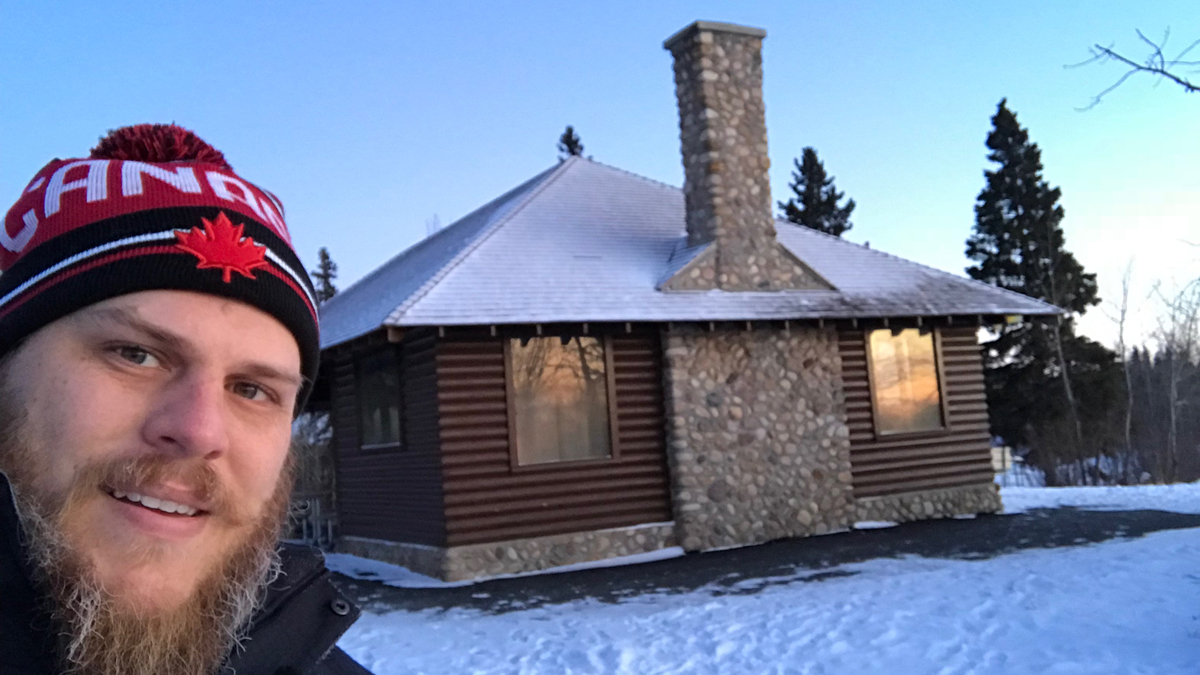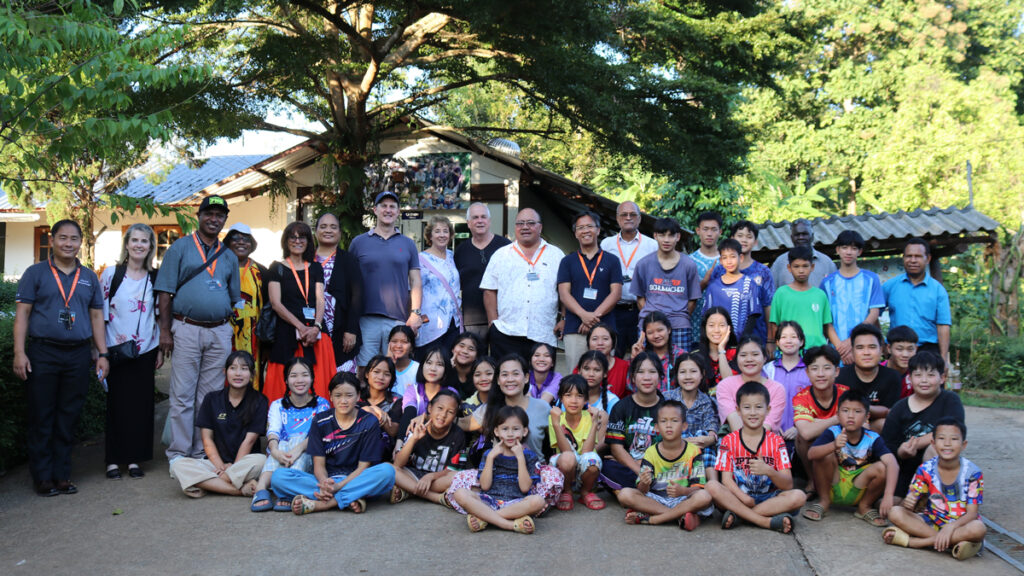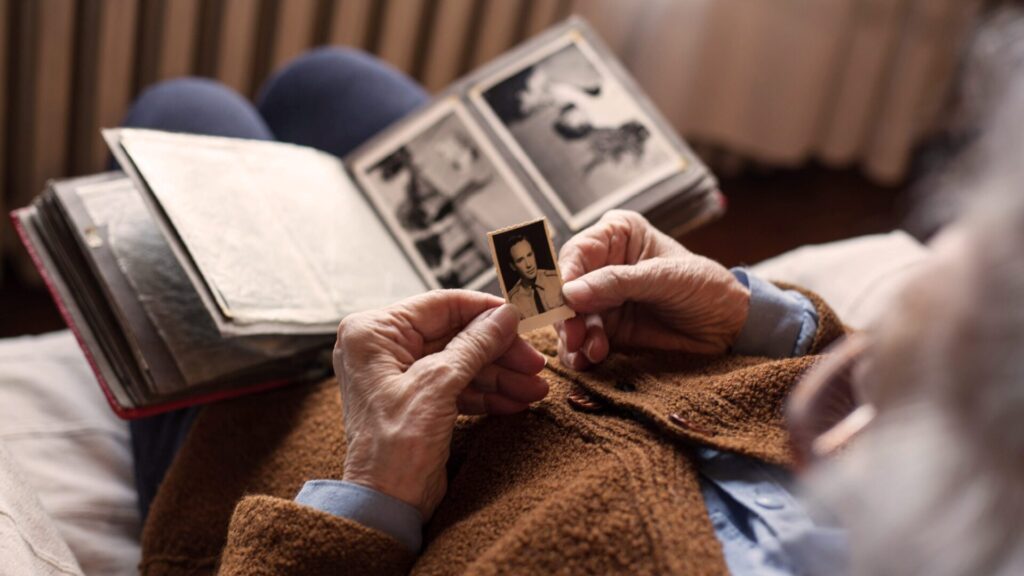Over year-end, I was travelling with my family in North America. While our Australian friends and neighbours were sweltering through some of the hottest temperatures I can remember, we were experiencing snow and a true “white Christmas”. I thought I knew what it meant to be cold but I quickly found out I really had no idea. The coldest day we experienced was Christmas Day—minus 31 degrees. Yep, you read that correctly. Celsius.
It was freezing.
Up until then, cold to me was not wearing the right clothes for an Australian winter, and regretting wearing shorts for a few hours when I should have worn long pants. This was different altogether. I had prepared by wearing a heavy jacket, snow pants and a number of layers. But I didn’t have a face covering or scarf and my nose went red with the cold. My beard turned prematurely white as my breath iced it up! Seriously. It was all white!

It’s funny, when we first left the car or house, the temperature did not feel too bad. But after a few minutes the cold set in. Leave it too long and the cold seeps into your bones. I now understand the serious risk of dying from exposure.
That experience certainly changed our perspective on feeling cold. As we headed down the coast from Canada into America it slowly warmed up. The days that were minus 2 felt positively balmy!
Even taking photos was a challenge. The phone battery would die if the phone got too cold and we had to contend with icy fingers because you can’t wear gloves if your phone has a touch screen!
I learned another lesson about perspective while taking photos. One Sabbath, in Seattle, we walked along the beautiful shoreline and through a park, taking photos (thankfully in Seattle the mercury was in the positive). As we walked, I noticed I kept finding better places to take a photo of the same landmarks. We would get closer or pass a tree and, all of a sudden, the impressive view would provide a new perspective, just as beautiful, yet different somehow.
Looking back through my images I realise I took a number of photos of the same thing but my perception had changed. And that’s what I love about our Seventh-day Adventist beliefs. You may have heard the concept of progressive truth. It means that, as new revelation or understanding from the Holy Spirit comes to light, we can incorporate those things into our understanding of God. We are not locked into a creed or human traditions that outweigh the importance of anything else.
As I have grown as a Christian, my understanding and perspective on God has changed, grown and developed. Has God changed? The Bible says He changes not.
Like a landmark He is unchanging; yet depending on where we stand in relation to Him, our view of Him will change. Likewise, I thought understood the concept of cold previously, but experiencing those frigid temperatures gave me a whole new appreciation of it. [pullquote]
Experiencing God in our lives by living in His presence and by having Him use us in His work, changes us. We can never be the same.
The Seventh-day Adventist Church has formally pulled together some of the perspectives we have on God, humanity and how we interact. They are known as the 28 Fundamental Beliefs.
I see them as important perspectives on God.
Many of us are not familiar with all of the 28. Maybe we knew them once and have forgotten them. Maybe we have never really had them properly explained.
Adventist Record is starting a series on the 28 Fundamental Beliefs of the Seventh-day Adventist Church (see this coming Sabbath’s issue of Record). We are aiming for a fresh perspective, a reminder. The challenge I have set our writers is to remind us of the practical way belief translates into the everyday. We need to rediscover and re-imagine our beliefs in a way that reminds us of their beauty as well as how they impact our daily life. I hope that as you read this year, you are reminded of why you believe and perhaps glimpse a new and beautiful vista of Christ’s grace.






